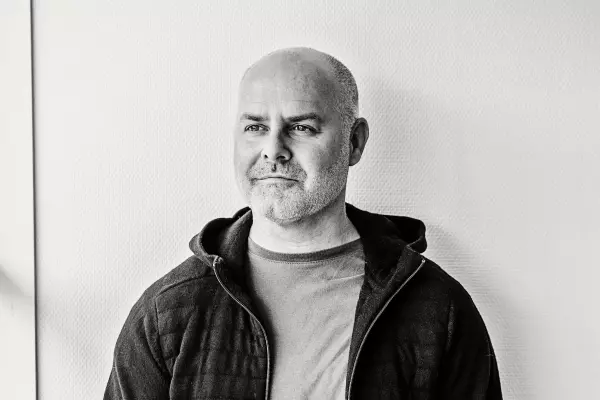There's mounting evidence that reducing the working week to four days benefits not just staff, but also businesses.
Troy Hammond, founder and chief executive of IT recruitment company Talent Army, was already planning to introduce a four-day working week for his 12 staff when New Zealand went into lockdown on March 26.
His experience during the next few weeks confirmed his view that working 32 hours a week while still receiving a full-time salary makes sense in terms of productivity as well as staff well-being.
When the lockdown first began, the company took the wage subsidy and cut pay (and working hours) to 80 percent. However, business quickly picked up again and revenue soon came back. Hammond restored pay levels to 100 percent but kept working hours the same. “We told staff we still wanted them to do four days.”
That made lockdown life much easier for those juggling work and family responsibilities. And with productivity not affected, Hammond was even more determined to go ahead with his plans to make the four-day week permanent.
On July 1, Talent Army, which has offices in Auckland and Wellington, officially became a ‘reduced-hours workplace’.
“I felt like we should do it, even though it’s pretty scary with a recession and the like, but it felt like the right thing to do to reward the team for all they did during the lockdown,” says Hammond. “There’s a lot of lip service about looking after your team, but there’s not a lot of action.”
 Talent Army's Troy Hammond
Talent Army's Troy Hammond
According to Charlotte Lockhart, the New Zealand CEO of The 4-Day Week Global, which works to promote the benefits of reduced-hours workplaces, the concept of the four-day week had already been gaining traction before covid-19 upended everyone’s lives. But interest is now growing significantly.
“I’m having several conversations a day with businesses and the media about the concept. It’s no longer something we think of as odd or unusual – it’s actually a live and valid conversation to have now.”
She says that pre-covid, many employers were apprehensive about introducing a four-day week because they felt staff couldn’t be trusted to maintain productivity levels if they worked fewer hours. Many were similarly suspicious of remote and flexible working arrangements. However, that has all changed now that working from home has become the new normal.
“What covid has done is it’s forced us to trust our staff, and we’ve learned they can be trusted.”
Lockhart says a four-day week is not about working 40 hours in four days, it’s about taking full-time productivity and doing it in less time. That frees people to do other things, such as spending more time with their children, playing sport, caring for elderly relatives, doing charity work, or simply taking time to relax.
“We need time to be properly rested because it’s good for our physical and mental health. We’ve got this broken relationship with the way we engage with work. Talking about the four-day week is really a conversation around putting work in its place and being clear about what is enough.”
 Charlotte Lockhart of The 4-Day Week Global
Charlotte Lockhart of The 4-Day Week Global
Studies of organisations that have introduced a four-day week have consistently found that it reduces stress levels while increasing engagement and productivity. That was certainly the experience at Talent Army, which, on Lockhart’s advice, trialled a four-day week in November last year. While some staff chose to take Wednesday off – dividing their week into two two-day segments – most took Friday off so they could have a three-day weekend.
“What people liked the most was that they felt refreshed coming back to work after a long break,” says Hammond. “Having three days off meant they could do things like their washing or washing their car and still really enjoy their weekend.”
But despite working fewer hours, staff were just as productive and revenue was the same as it had been during the same month the previous year. However, they did need to learn how to manage their day better. “You’ve got to look at every single task and ask yourself if it’s wasting time or not, and if it’s contributing to revenue or not.”
Now that the company has moved permanently to a four-day week, 15-minute stand-ups have replaced one-hour daily meetings, and staff use online tools such as Calendly to help them complete tasks more efficiently.
“You have to be a lot more process-focused and goal-oriented,” says Hammond. “There’s a cliche in business that you need to work smarter, not harder, but with a four-day week, it really is true.”











